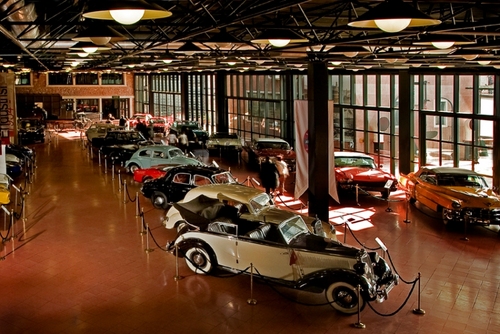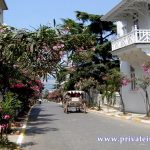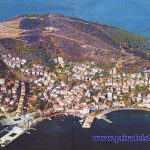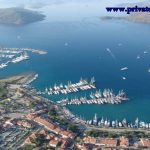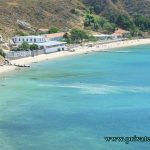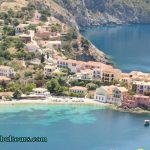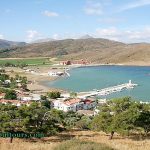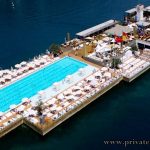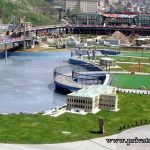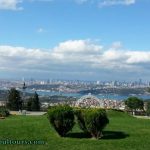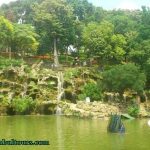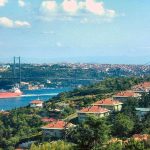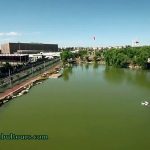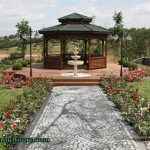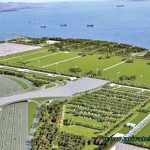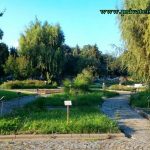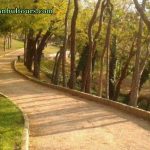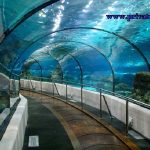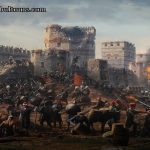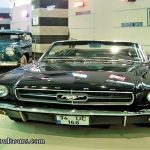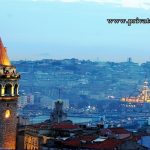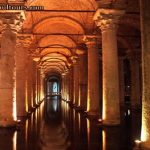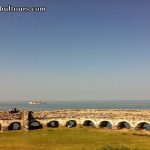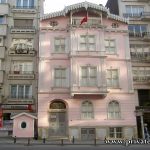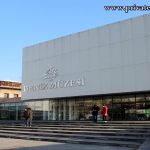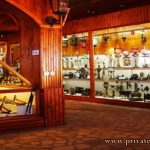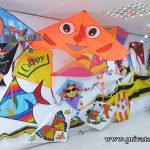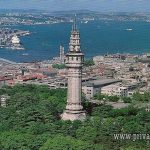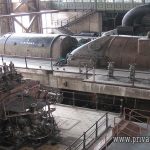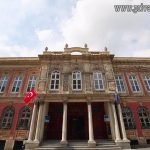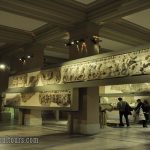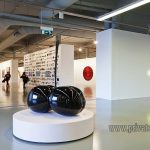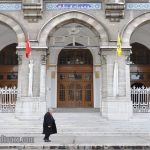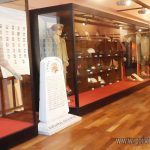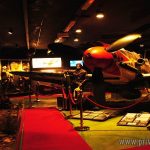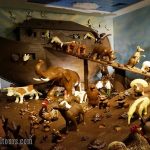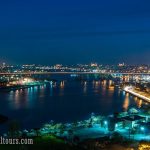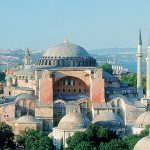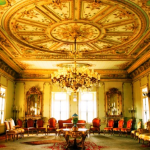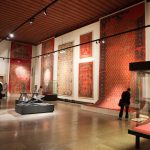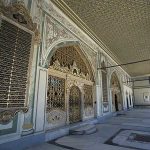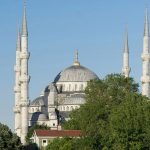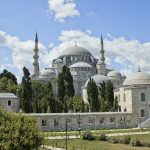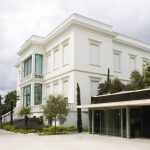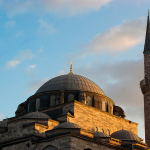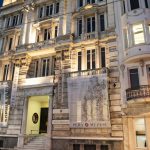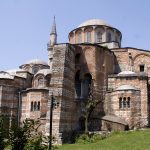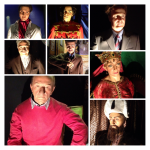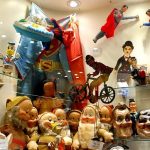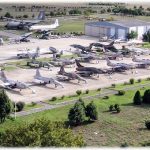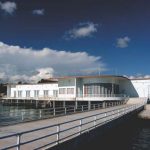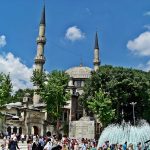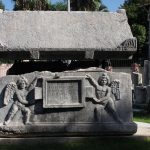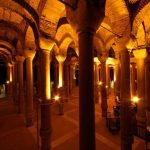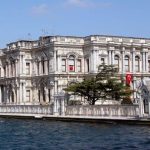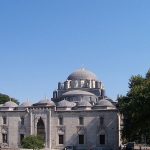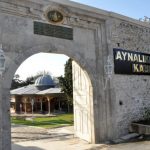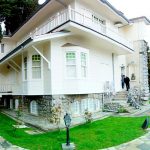The Rahmi M. Koç Museum, opened in 1994, is located in the Hasköy district on the northern bank of the Golden Horn. Today, the museum is spread over an area of approximately 27 thousand square meters and consists of three main sections.
Historic Lengerhane Building
To stabilize the ship in the Ottomans, chain to the sea and Lenger to the diameter at the end, Lengerhane is called where they are made. The history of this Ottoman Lengerhanesi, built on the foundations of a building built for other purposes during the Byzantine period, dates back to Sultan III.Ahmet Devrine.
The special history of the museum begins with the purchase of the historic Lengerhane building by Rahmi M. Koç Museum of Art in 1991. By the Foundation, Dr. After the restoration works carried out meticulously in coordination with Bulent Bulgurlu, the museum was opened in December 1994.
There is a historic rectangular building with an approximate 2,100 square meters of historic Lengerhane building, a small wooden-roofed building and stone walls. It is aimed to make visitors feel the texture of the buildings together with the objects to be exhibited in the museum design which is realized without touching the inner courtyard and the outdoors nature.
Historical Hasköy Shipyard
Hasköy Shipyard, which was in ruins immediately after the Lengerhane, was purchased and the restoration of this part was completed in 2001 because the exhibition areas did not come to the collection of Rahmi M. Koç Museum shortly afterwards. In terms of industrial archeology, the shipyard, which is at least as important as Lengerhane, is spread over an area of 11 thousand square meters. The 14 buildings surrounding the three sides of the arch in the form of a large U have been restored to their origin.
Hasköy Shipyard was established in 1861 by Company-i Hayriye for the maintenance of its own vessels. In the beginning, the shipyard, which consists of several units in the workshop order, is enlarged by the possibilities over time. First, a 45-meter wooden sled is installed in the shipyard, and a rigid, rigid ragattan is provided. While this windlass was made electrically in 1910, in 1938, the city ferry vessels Kocataş and Sarıyer with 75 and 76 chimney numbers were built here. In the following years, Hasköy Shipyard changed hands frequently until the 1980s, according to changes in the structure of maritime transport.
These structures, which shed light on a circuit, were abandoned when it was purchased by the Rahmi M. Koç Museum of Art Foundation in November 1996. Dr. Hasköy Shipyard Following the restoration carried out by Bülent Bulgurlu, museum functions were determined depending on the area and height of the buildings.
Open Air Exhibition Space
A part of the collection of Rahmi M. Koç Museum is also offered to visit the outdoor area extending from the main entrance in Hasköy Caddesi to Golden Horn. It extends to Fenerbahçe Vaporetto and TCG Uluçalireis Submarine which are anchored to the Golden Horn as classical automobiles, giant Turgut Alp Vinci, B-24 Liberator and other aircraft, and more as part of the museum collection.


